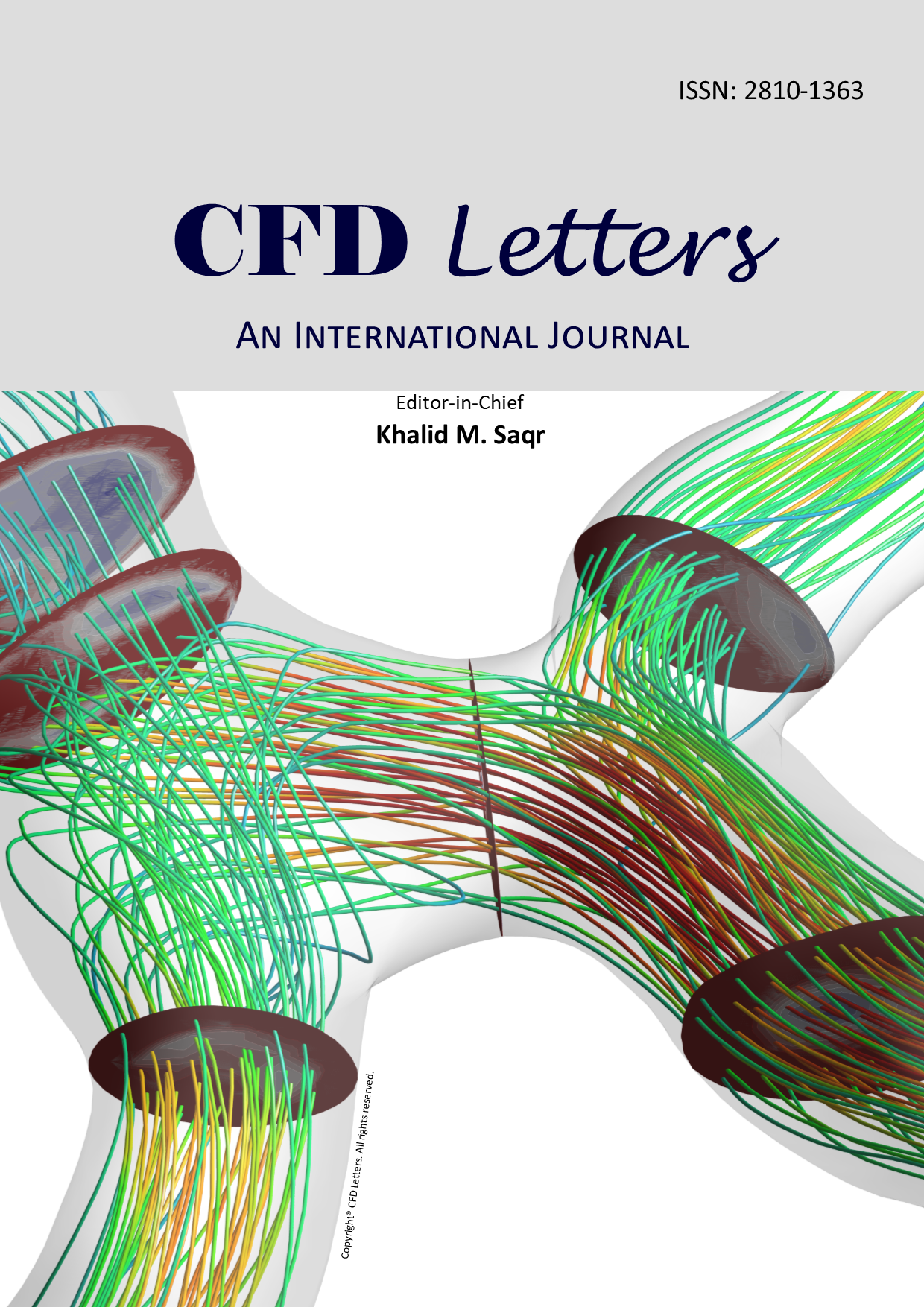Study of Turbulence Model for Performance and Flow Field Prediction of Pico Hydro Types Propeller Turbine
Keywords:
pico hyro, propeller turbine, computation, RANS, turbulence modelAbstract
The computational fluid dynamics (CFD) method is a method often used in predicting the performance and flow field of turbine because it is cheap and fast. The accuracy of CFD method is influenced by several aspects: boundary conditions, discretization of space and time method, and the use of turbulence models. For turbulence model, there is no clarity of the most accurate model, especially in the pico hydro type propeller. Therefore, this study compared three turbulent models based on Reynolds Average Navier-Stokes (RANS) two equations to predicts the performance of a pico hydro propeller turbine: standard k-?, Group Normalization (RNG) k-?, and Shear Stress Transport (SST) k- ?. This study used a three-dimensional simulation method, transient, and six-degree of freedom features. The Grid Convergency index (GCI) and Time-step Independence Index (TCI) were used to verify the simulation results. From the results, the CFD results were similar to the experiment results (valid). Furthermore, there was different prediction of performance due to differences in the turbulence model but not too high. Based on this, for prediction of performance pico hydro propeller turbine, the standard k-? turbulence model was recommended for use. However, for study flow field, RNG k-? and SST k-? were recommended because they were not over-predicted in the dissipation rate calculation.













